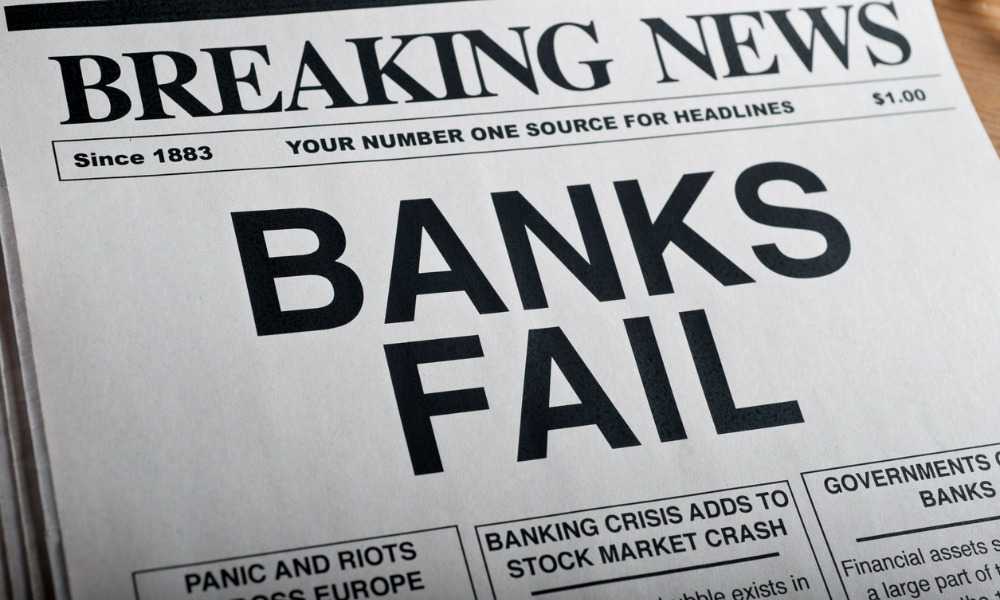“Some of that has to with the fact that they were lending below market rates to wealthy individuals and got caught when interest rates went back up,” Melissa Cohn, regional vice president of Williams Raveis Mortgage, told Mortgage Professional America in an email. Still, she urged observers not to lump regional banks’ woes to the financial industry in general: “So what’s going on with them is not what’s going on in the [overall] banking sector,” she said.
The Federal Deposit Insurance Corp. [FDIC] reported that JPMorgan Chase had taken over the regional bank’s assets. “Our government invited us and others to step up, and we did,” JPMorgan Chase CEO Jamie Dimon said in a prepared statement. “This acquisition modestly benefits our company overall, it is accretive to shareholders, it helps further advance our wealth strategy, and it is complementary to our existing franchise.”
JPMorgan Chase takes control
As the FDIC-appointed receiver, JPMorgan Chase assumed all deposits, including all uninsured deposits and assets of First Republic Bank – including $173 billion in loans and some $30 billion worth of securities. The failure comes on the heels of the collapse of Silicon Valley Bank and Signature Bank in March.
Despite the latest bank failure, Cohn noted, the Fed is likely to raise the interest rate again as it seeks to bring down inflation to the historically desired rate of 2% — three percentage points down from the current level of 5%. Despite the turmoil, Cohn added, the Fed will likely raise the interest rate by another 25 basis points at its May 2-3 meeting.
With nine consecutive rate hikes over the past several months, the Fed now finds itself “backed into a corner,” Cohn said, necessitating another quarter-percent rate increase to mitigate inflation. In describing the Fed’s inflation-busting alchemy, Cohn noted that US gross domestic product rose by 1.1% in Q1, compared to a 2.6% growth in Q4 2022. “While growth in the first quarter was dragged down by high interest rates and a weaker housing sector, the declines were offset by robust consumer spending,” she said. “The 3.7% level of spending by consumers in the fourth quarter was unexpected,” she added, noting that development will force the Fed to raise rates again.

